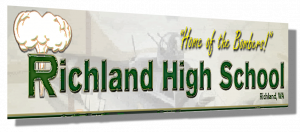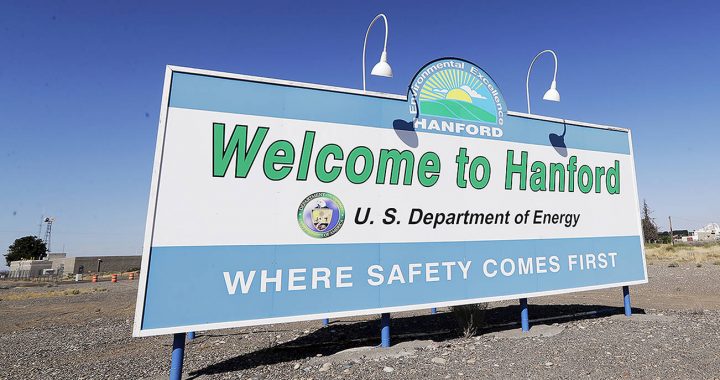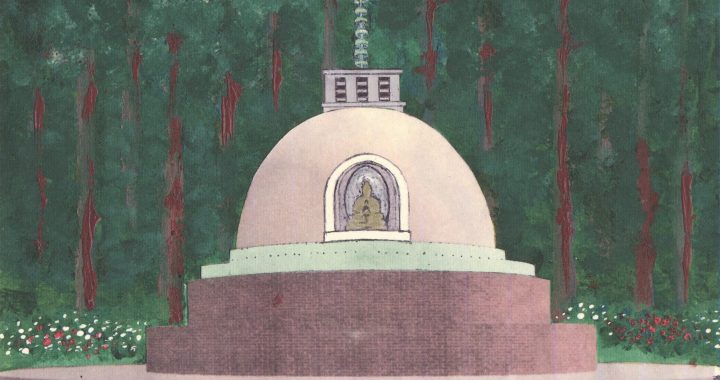‘Richland’ delves into Hanford’s lasting legacy: an overwhelming radioactive cleanup challenge.
by Glen Milner
The International Uranium Film Festival (IUFF) — dedicated to nuclear issues worldwide — runs from Friday, April 12, to Sunday, April 14, at the Northwest Film Forum (NWFF) at 1515 12th Ave. The festival’s 2024 U.S. tour began on March 7 in Window Rock, Arizona, the capital of the Navajo (Diné) Nation, with respect for the Native American Peoples who are suffering most from the consequences of uranium mining and nuclear testing. The IUFF is showing films in over 10 U.S. cities and in Vancouver, B.C. The selection of films is chosen to address nuclear activities in that part of the country — including the use of nuclear mining, nuclear power, nuclear weapons and testing, and nuclear waste.
South Seattle Emerald readers are offered a half-price general admission for the opening Friday night film, The Atomic Cafe, and for a film on Saturday: Richland. Please see the official online schedule and use the code “EmeraldReaders” for both films.
Seattle is in a unique position — being approximately 180 miles northwest of the Hanford Nuclear Reservation, the most toxic and radioactive site in the Western Hemisphere, and just 20 miles east of the largest stockpile of deployed nuclear weapons in the world, at the submarine base at Bangor. Accordingly, the films Richland and The Nuns, the Priests and the Bombs address these issues.
The movie Richland, which screens on Saturday, April 13, at 6:35 p.m., is preceded by a short discussion of the film and nuclear waste issues featuring members of Hanford Challenge, an organization dedicated to the safe cleanup of the Hanford site. Hanford Challenge works for openness in the Hanford cleanup process and has long been known for protecting worker safety and whistleblower rights.
Britany Kee’ ya aa. Eichman-Lindley, staff attorney for Hanford Challenge, commented on why Seattle residents should care about Hanford. “We all live downriver from Hanford,” Eichman-Lindley said. “The Hanford Nuclear Site sits on the banks of the Columbia River, which starts in Canada and flows into Eastern Washington, then turns west to form most of the border between Washington and Oregon before emptying into the Pacific Ocean. And Hanford is the most contaminated place in the Western Hemisphere.”
The nearby town of Richland was built in 1943 to house Hanford workers for the top-secret Manhattan Project, producing plutonium for the bomb dropped on Nagasaki in 1945 and for most of the growing U.S. nuclear arsenal. For decades, Richland and neighboring Kennewick were sundown towns, meaning that Black people were explicitly banned from being in these towns after dark. Hanford’s Black workers were only welcome in East Pasco.
“As Hanford was part of the Manhattan Project to produce the plutonium used to create the world’s first nuclear weapons,” Eichman-Lindley explained, “the project was shrouded in secrecy and urgency that resulted in harm to our water, our wildlife, and our way of life — affecting a region occupied by three states and three federally recognized Tribal Nations.”
Irene Lusztig, director of Richland, said, “I wanted to explore … what it means to be proud of the U.S. and what we need to look away from to maintain that pride … where are the blind spots of our patriotism.”
Lusztig explained that many residents of Richland feel generally maligned and misunderstood by the mainstream media — especially given what they see as benefits to the U.S. resulting from the town’s contributions to nuclear weapons, from Nagasaki to the present day. Many Richland residents believe Hanford’s contributions ended WWII, despite the fact that many of their own have become ill and have died due to radiation poisoning. It’s a complicated mix of conflicting feelings and ideas.

The Richland High School’s logo features a nuclear bomb cloud.
Richland High School has received criticism for its depiction of a mushroom cloud as an unofficial logo for the school, whose football, basketball, and baseball teams are officially known as the Richland Bombers. The film shows how citizens in Richland can love their city while recognizing their own participation in a violent history.
In Seattle, we may shake our heads in disbelief at the thought of a huge mushroom cloud on the floor of a high school gym, while we collectively forget that Boeing engineers in our city designed the warplanes that dropped both atom bombs on Japanese cities. And warplanes built and hosted by the same company fly over Lake Washington for four days each year at our annual Seafair summer festival, as our citizens gawk and thrill with each passing — often on Aug. 6, the day we dropped the bomb on Hiroshima. We are all much the same.
The IUFF was founded in Rio de Janeiro in 2010 and is dedicated to “all nuclear issues and the whole nuclear fuel chain: from uranium mining to nuclear waste, from nuclear war to nuclear accidents.” The last tour in the U.S. was in 2018.
*Editors’ Note: While the Northwest Film Forum generously offered a discounted rate for Emerald readers, the Emerald is not affiliated with the NWFF, and the discount was not a factor in assigning this article.
This article originally appeared in the South Seattle Emerald on April 4, 2024; https://southseattleemerald.com/2024/04/04/learn-about-washingtons-nuclear-waste-at-the- international-uranium-film-festival
Glen Milner is an anti-nuclear weapons activist, and he will be representing Ground Zero Center for Nonviolent Action on Sunday afternoon for a short presentation before the showing of “The Nuns, the Priests and the Bombs.”
Featured Image: An archive image of a Hanford worker suiting up in protective gear from the film “Richland.” (Photo: U.S. Department of Energy Hanford Collection, courtesy of Komsomol Films)




